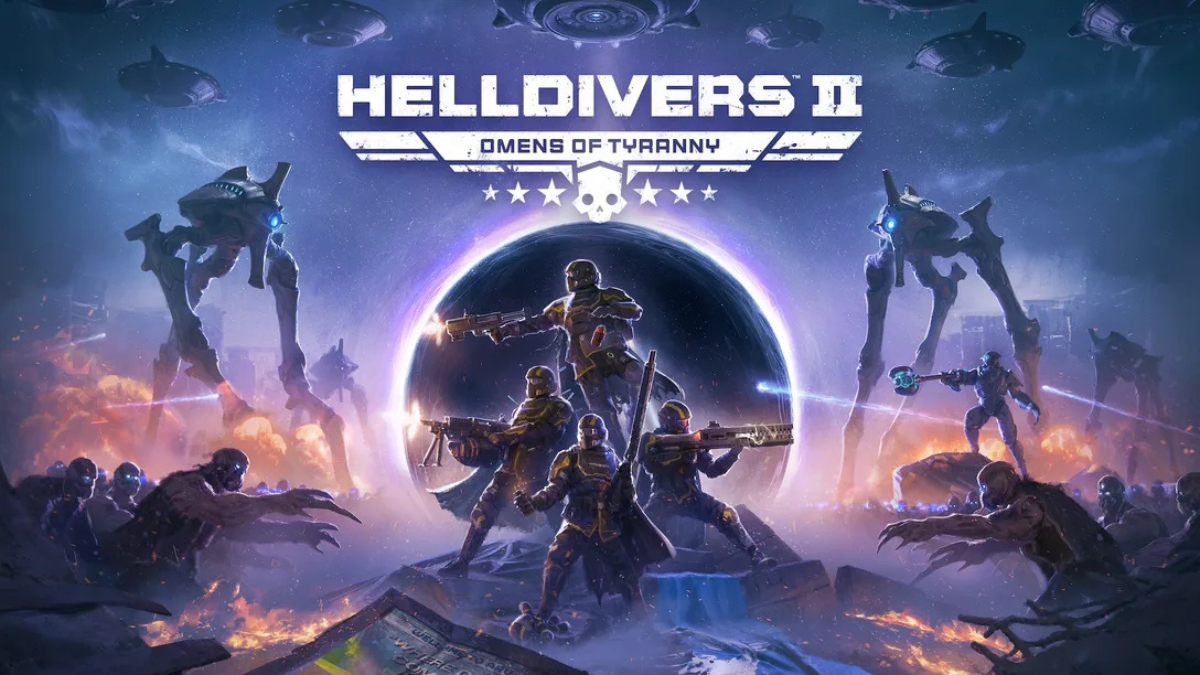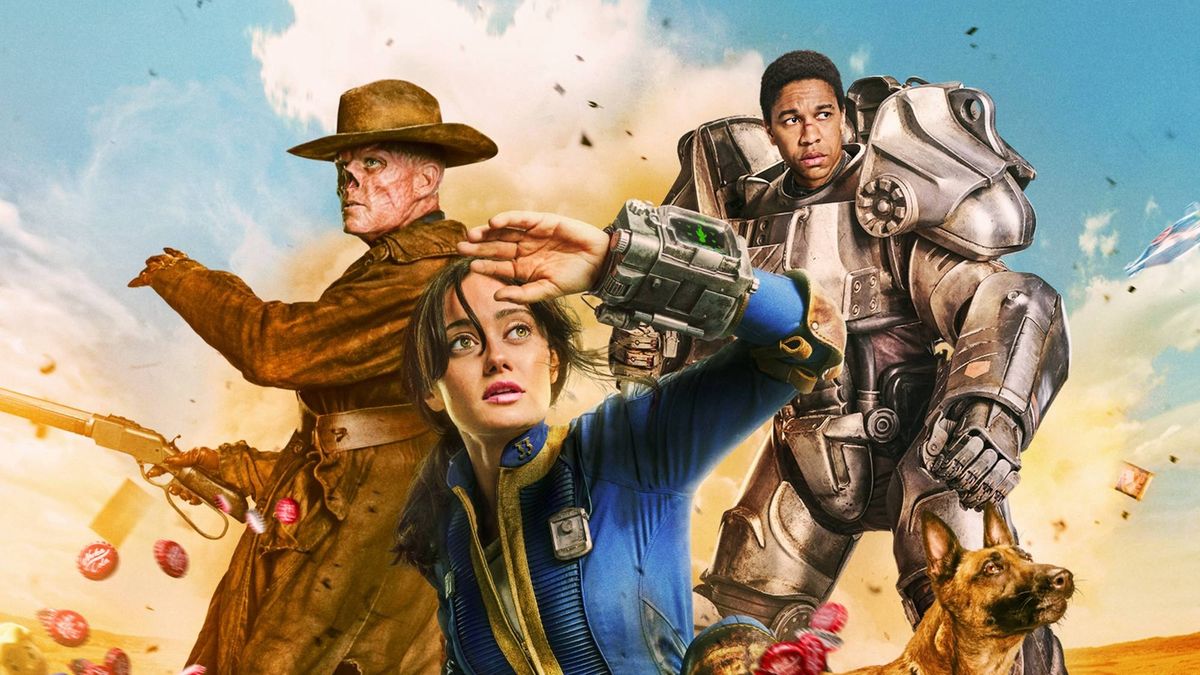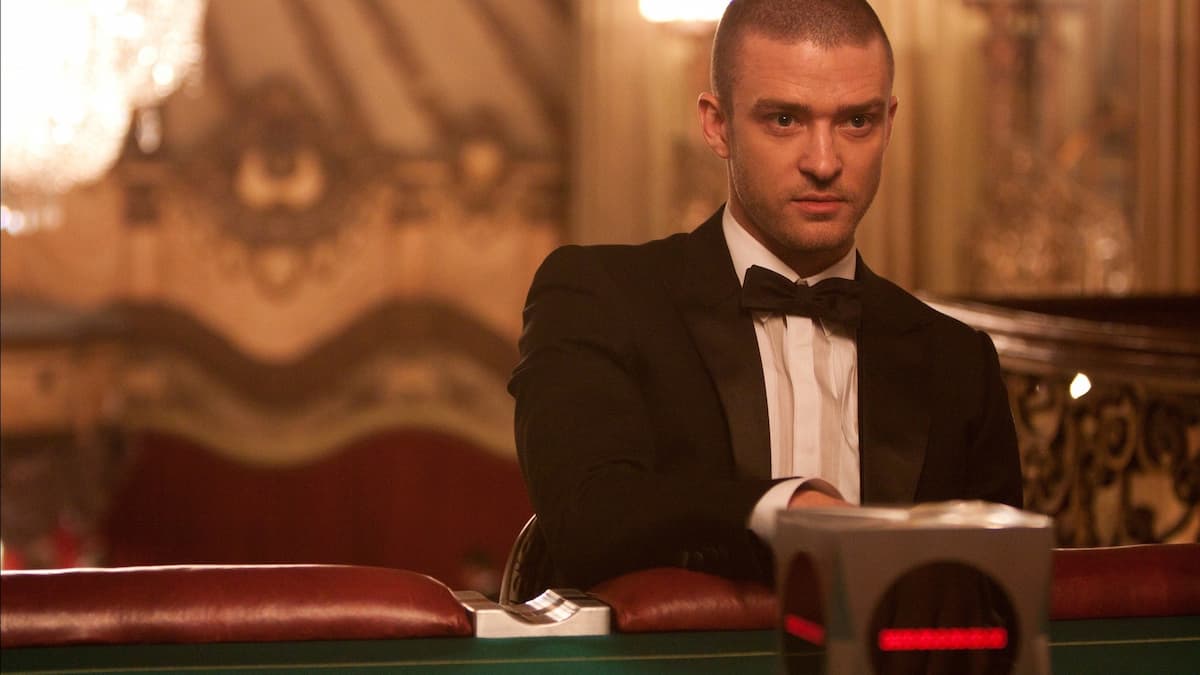
Dead Star attempts to take on MOBAs by starting from the ground up and injecting some new elements. But can it overcome the baggage that sometimes hampers the well-trodden genre?
MOBA games come in all shapes and sizes these days, but most entries are a fusion of RPG, RTS, and action games with a strong focus on intense skirmishes to battle for territory control across a symmetrical map. But while the most popular games in the genre — League of Legends, Dota 2, Heroes of the Storm, and Smite — put you in control of a single ground-based character in a fantasy world, Dead Star eschews these mythical elements for space-based ship combat.
In a typical match of Dead Star, opposing teams of five or 10 pilots fight for control of several space stations laid out across a vast expanse of hexagonal tiles that form the basis of the game’s territorial nature. Each team starts at their own home base and pushes across the map, collecting resources, battling neutral enemies, and taking control of the starports they encounter along the way, all the while fending off attackers on the opposing side.
Each station you control contributes a trickle of points to your overall score, and the match ends when either team loses their home base or the point limit is reached. These multiple win conditions are a brilliant addition that ensures matches don’t turn into endless wars of attrition, and a typical match lasts less than 20 minutes.

In another welcome departure from the MOBA standard, Dead Star allows you to select a fleet of three different ships before a match starts so you can switch to one appropriate for any situation on the fly. And these aren’t just slight variations on the same basic concept. Each of the nine available ships plays completely differently.
They fall into three main categories — nimble but weak scout ships, larger but sturdier bruisers, and lumbering but deadly capital ships. Even among the different ships of each class, there are notable variations, and no two ships have the same abilities. This wide selection of vehicles gives you a great feeling of control over how you want to play at any given moment.
Further advancing this level of control, each ship has both short- and long-term progression options that lend another layer of personalization to how you play. Within a match, you’ll earn experience from destroying opposing ships, taking out squads of neutral ships, grabbing control points, and collecting ore to upgrade your bases. This experience allows you to upgrade your ship’s systems how you see fit, from armor and shields to basic and special weapons. And as you play a match, you’ll earn medals for commendations based on your achievements, which you can then use to upgrade your ships across matches.
The combination of these systems gives a satisfying reason to play well and keep your performance up over time. There are also cosmetic customization options for your ships and pilot, and best of all, every upgrade is earned completely through gameplay — there are no harsh free-to-play elements to worry about here.
If you’re familiar with any twin-stick shooters of the past decade, you’ll be very comfortable with Dead Star’s intuitive controls. Flying and shooting both feel completely right, and each ship has its own appropriate handling and momentum. Zipping around the map as a small scout fighter, you can literally fly circles around larger battle cruisers, and if you’re skilled enough, you can take them out single-handedly. But while the larger ships move through space like it’s molasses, they have more than enough weapon strength to make up for it. Make one wrong move as an agile fighter pilot and you’re toast, fated to wait around for respawn while your teammates try to take objectives without your help.

Dead Star abstracts away complex elements of other MOBA games like “last hits,” distance-based experience, and purchasing items. Through a quick and simple single-player tutorial, you’ll pick up virtually everything you need to know about the mechanics and structure of the game. But this streamlined approach doesn’t mean the game is shallow. Each match is intensely strategic, which is the game’s greatest achievement and its biggest downfall.
While there are a variety of ways to take on any particular match, my experience with Dead Star is that there’s really only one that works — quickly rush to be the first team to take advantage of as many control points as you can, then spend the rest of your time defending that front. This makes the early parts of a match extremely fast and frantic, with both teams clashing to take over central areas, and whoever wins this initial brawl usually works out to a numbers game.
See, while the tutorial offers great advice on how to move, shoot, and upgrade your ship, it doesn’t give you much guidance on what you should be doing at any given point in the match. The first few times I played with real opponents, I spent the early parts of the match collecting resources to upgrade my home base, not realizing that I was completely ignoring the long-term goal of the game.
As you continue to play and pick up the strategic nature of the game, you’ll notice similar short-sighted behavior from other players, which is especially frustrating given that Dead Star lives and dies as a team game. And its status as a MOBA means you are always completely dependent on other players — other than the tutorial and a sandbox mode for testing, everything is multiplayer-only. This means you could be hampered by a few lackluster players on your team or, later down the road, thwarted by the lack of a player base. Indeed, during my time with the PC version of the game, it was often difficult to find enough players on my platform to fill even a 5v5 match. Fortunately, crossplay with the PS4 version of the game remedies this issue… for now.
It might seem unfair to fault a game for the way people choose to play it, but a little bit more in the way of guidance could go a long way. And despite its few subtle failings, Dead Star offers a welcome spin on a genre that’s getting a little long in the tooth. It’s a game that gets better the longer you spend with it, but only time will tell if enough players stick around for long enough to see that.
This review is based on the PC version of the game, which was provided to us.





Published: Apr 9, 2016 05:22 pm